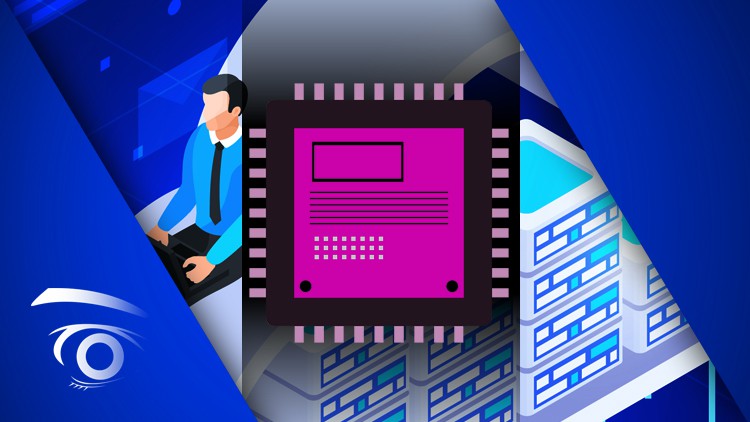
Install LAMP Stack | Linux Foundations | Firewalls (UFW + Network) | Load Balancing | Backups | DBMSes | Apache | NGINX
What you will learn
Learn the Benefits of Cloud Computing
Learn various Cloud Computing Service Models (IaaS, PaaS, SaaS)
Learn to Setup and Secure a Remote Instance with SSH Key Pair Authentication
Learn to Setup, Configure, and Secure Ubuntu on a Linode Instance
Learn Common Maintenance and Directory Commands for Linux
Learn the Importance of Root/Non-Root User Accounts on Ubuntu
Learn the Foundations of Web Servers, Database Servers, and DBMSes
Explore NGINX vs Apache
Learn the Difference between SQL vs NoSQL Databases
Explore Database Transaction Standards (ACID vs CAP Theorem)
Distinguish between Stacks, Frameworks, and Languages
Install and Configure LAMP Stack on Ubuntu using Command Line and Linode Marketplace
Install and Configure PHP, MariaDB on Apache
Learn the Foundations of Firewalls
Setup and Configure Network Firewalls and Hosted Firewalls (UFW)
Vertical and Horizontal Instance Scaling
Deploying Auto Load Balancers (ALB) / NodeBalancer
Creating Disk Images and Backups using Linode
Description
Welcome to the Complete Cloud Computing Bootcamp – where we go from Instance Deployment to Remote Administration.
This course offers a comprehensive guide for aspiring cloud administrators looking to expand their knowledge in Cloud Computing and virtual instance configuration. In this course we will explore a number of key concepts starting from instance deployment, right up to remote server management, scaling and security.
This course starts by exploring the benefits of cloud computing from various aspects including cost efficiency, agility, scalability, and reliability. We explore the three main cloud computing service models including: Infrastructure as a Service (IaaS), Platform as a Service (PaaS), and Software as a Service (SaaS). We offer a detailed overview and comparison of the three models with example use cases of their application in modern enterprises. From there students gain hands-on experience in deploying and configuring virtual instances using one of the most robust and user-friendly cloud computing platforms out there: Linode.
The cloud computing section includes several key topics including:
- Deploying virtual machines using pre-configured disk images.
- Remote server administration using PuTTY, Terminal, and OpenSSH
- Installing web servers & database management systems on Ubuntu.
- Distinguishing between SQL and NoSQL Databases, including Database Transaction standards.
- Understanding the foundations of Linux.
- Installing and Configuring LAMP Stack for Ubuntu.
- Installing and testing server-side scripting languages on Ubuntu
- Server security with network and hosted firewalls
- Scaling virtual machines vertically & horizontally with application load balancers.
- Creating disk images and automated backups
After taking this course you will undoubtedly have the skills necessary to pursue a career in cloud computing. Remember that all our courses come with a Udemy and YouAccel certificate upon successful completion. You’re also welcomed into a community of over one million passionate learners that regularly network and support one another through a variety of our active support channels.
We invite you to challenge yourself and join us on this exciting learning adventure by enrolling in the course today.
Content
Introduction to Cloud Computing
Cloud Computing Service Models
Cloud Server Deployment on Linode
Linux Foundations
Web Server & Database Foundations
LAMP Stack Installation and Configuration
Foundations of Server Security
Server Scaling
Server Images and Backups
Account Clean-Up and Segment Overview